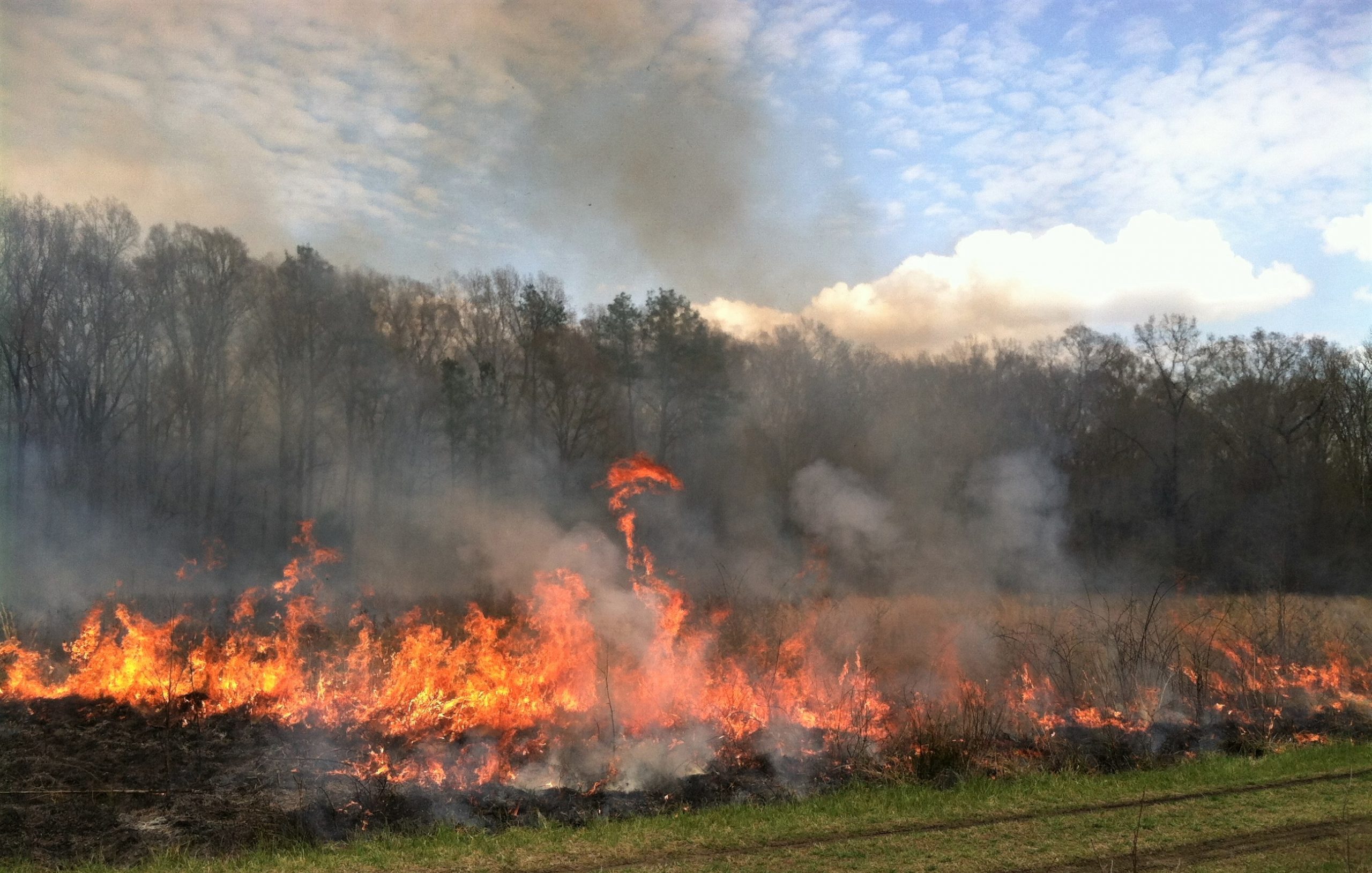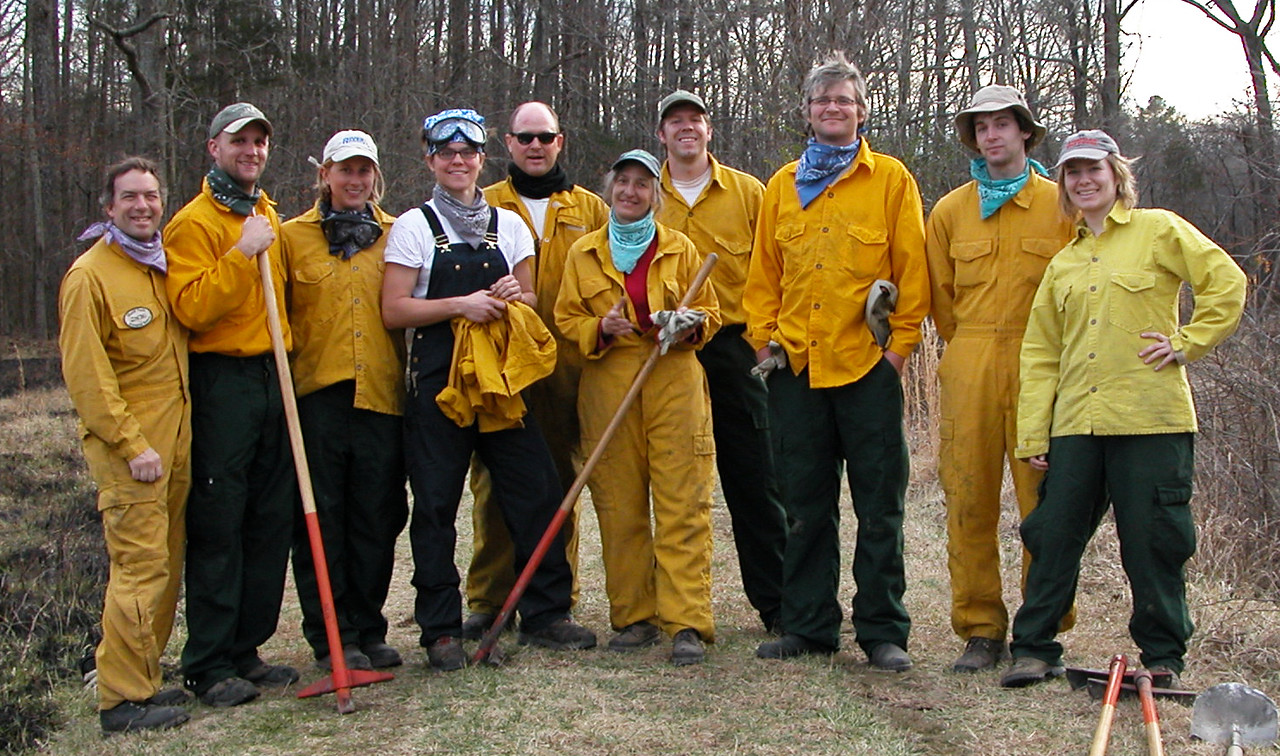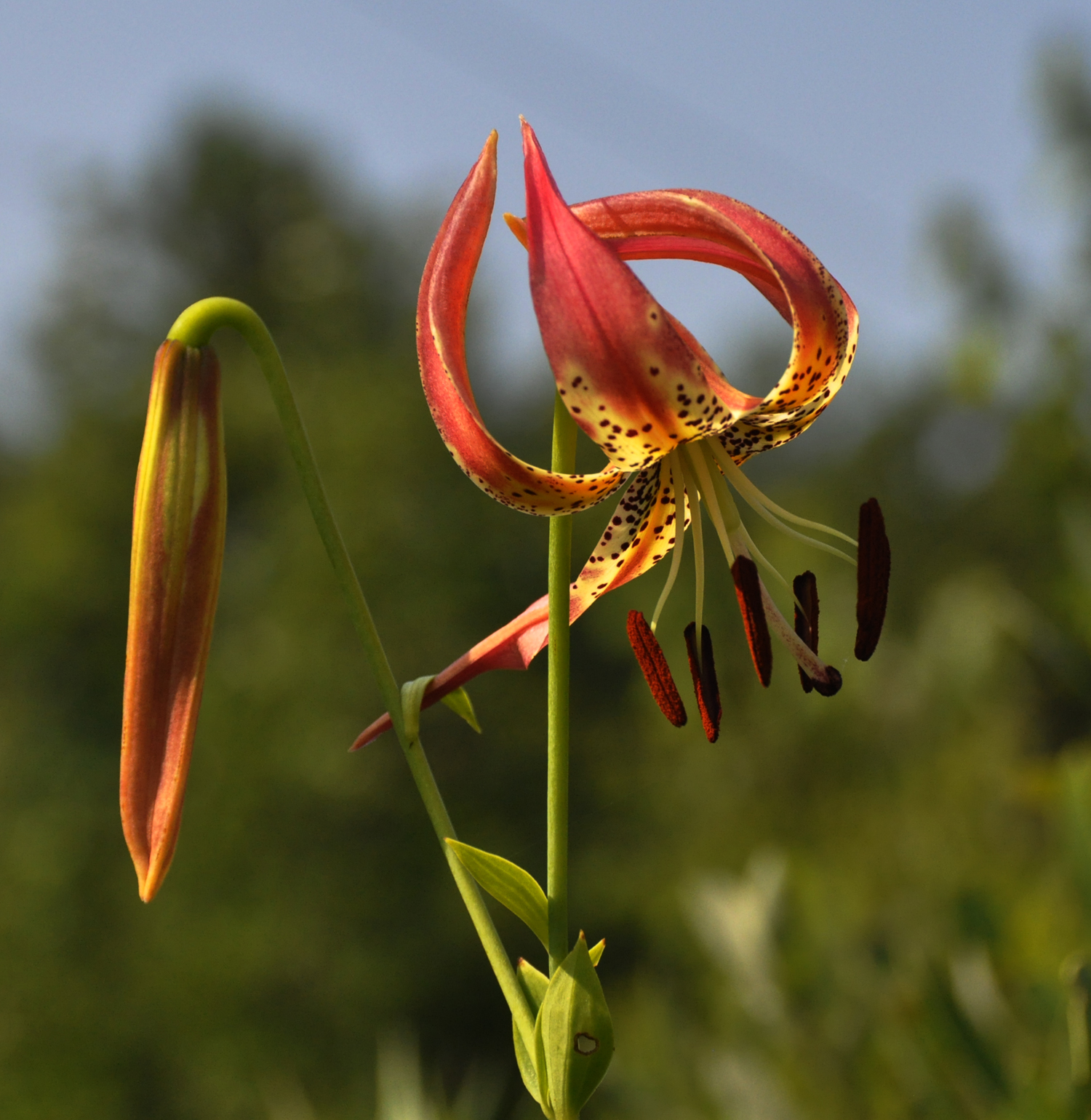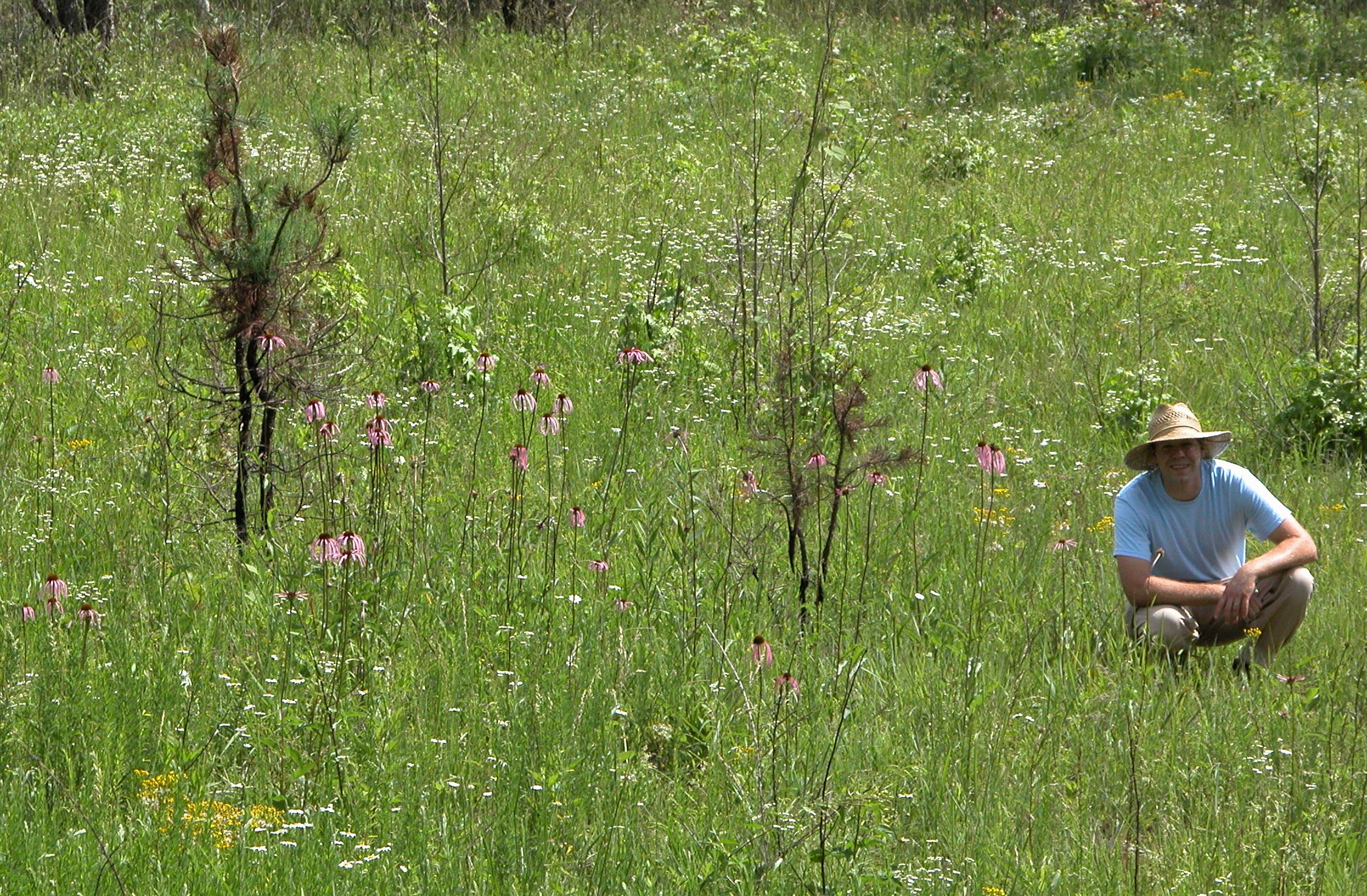Built to Burn
Southeastern US forests were once described as so extensive and dense that a squirrel could travel from the coast to the mountains without ever touching the ground. But historical accounts from early explorers, and other convincing evidence, clearly show that this region was actually more like a savanna – dominated by vast open meadows with scattered trees – for at least the last twenty thousand years. It was primarily the regular occurrence of fire that shaped this landscape, and many others of the continental US: they are ecosystems built to burn.
The general perspective on wildland fires in the early 20th century was guided by the attitude of Smokey Bear, whose slogan, “Only you can prevent forest fires” led the national campaign to suppress all fires no matter where they occurred or how they started. Following Smokey – Bambi – the 1942 Disney film with its horrific forest conflagration scene, left no doubt on an entire generation that fire harmed nature.
But toward the later part of the 20th century ecologists, land managers, and foresters slowly gained traction with the message that fire was an essential element for forest health and for the thousands of sun-loving wildflowers of the prairies, savannas, chaparral, and other fire-prone natural areas. Some ecologists went so far as to say that no single human modification of the environment has had more pervasive and widespread negative consequences for the ecological integrity of North America than the suppression of fire. Even Smokey Bear’s mantra changed to, “Only you can prevent wildfires.” But the damage was done – forests and other wildlands, over many decades, accumulated tremendous amounts of fuel, the human population built homes within huge tinderboxes, and many of the sun-loving herbaceous flora was shaded-out and declined to the point of imperilment.
Several CPC Participating Institutions hold the germplasm and work to recover the imperiled sun-loving herbaceous plants that reside in fire-dependent ecosystems, and at least half of North Carolina Botanical Garden’s 46 National Collection species are in some way reliant on fire. Of these, there are a few that particularly stand out.
Sandhills lily (Lilium pyrophilum), whose Latin specific epithet means fire-loving, is an obvious first choice! This strikingly beautiful rare denizen of the stream-heads and moist seeps of the Sandhills ecosystem in Virginia, North Carolina, and South Carolina, is not itself dependent on fire, but the longleaf pine ecosystem within which it resides is. So on a landscape scale, Sandhills lily loves fire, although it’s happy to avoid direct contact.
The Sandhills are dominated by longleaf pine (Pinus palustris), which is emblematic of this ecosystem and thus considered a flagship species, and a suite of mostly herbaceous plants adapted over the millennia to a one- to three-year fire frequency. These adaptations to fire include deep rootstocks, fire-resistant bark, and sturdy seeds that require heat or smoke to germinate.
East of the Sandhills, the wet pine savannas of the North American Coastal Plain are graced with over 1,800 endemic plants, a fact that prompted its recognition by Critical Ecosystem Partnership Fund as the world’s 36th Biodiversity Hotspot.

One of these endemics, Venus flytrap (Dionaea muscipula), occurs only within a 50-mile inland radius of Wilmington, NC. Frequent controlled burning, and the occasional wildfire, ensures that shrubs don’t overtop and shade-out Venus flytrap and its many associates, including numerous other carnivorous plant species.
It’s interesting to note that dozens of imperiled plants, including Sandhills lily and Venus flytrap, ironically found salvation in the bombing ranges of Fort Bragg and Camp Lejeune military bases in NC. This truly “friendly fire” kept these sites burning through the decades of fire suppression! Other military bases around the country also boast hordes of rare plants because of their bombing ranges and development restrictions, but that’s another story…
Closer to home, and without the aid of bombs, the North Carolina Botanical Garden uses fire to help protect over 1,000 acres of nature preserves in the Piedmont Savanna. One of these is the Penny’s Bend Nature Preserve, adjacent to the state’s Plant Conservation Program preserves – all of which contain a treasure trove of rare and fire-dependent plants. The flagship species in these preserves is smooth coneflower (Echinacea laevigata), which, like much of the Piedmont savanna flora, was relegated to roadsides and rights-of-way through the decades of fire suppression.
About 20 years ago, NC Botanical Garden and Plant Conservation Program formed controlled burn crews who individually and together began resurrecting these fire-dependent species. Through careful fire management and select reintroduction, smooth coneflower and other rare plant populations are now thriving.
Beyond helping to revive rare plants, reintroducing fire has other benefits. Controlled burning maintains the overall “grassy” habitats necessary for regionally-declining ground-nesting birds such as bobwhite quail, whip-poor-wills, and meadow larks. Fire also reduces many plant pests, such as weevils that eat seeds. And wildlife and humans alike enjoy the significant decline of ticks where fire regularly occurs!
Yet it is sometimes difficult to recognize the importance of fire to natural ecosystems with the continuing incidence of megafires torching thousands of homes. In the best of all possible worlds, we would have thoughtful controlled burning for increasing ecosystem health, and humans would choose not to inhabit ecosystems built to burn. North Carolina Botanical Garden and its burn crew is working towards that ideal, providing burns where they can and educating the public on the importance of fire.

-

Sandhills Lily (Lilium pyrophilum). Photo by Johnny Randall, courtesy of the North Carolina Botanical Garden. -

Smooth coneflower (echinacea laevigata) site. Photo by Johnny Randall, courtesy of the North Carolina Botanical Garden. -

Smooth coneflower (echinacea laevigata) site. Photo by Johnny Randall, courtesy of the North Carolina Botanical Garden.